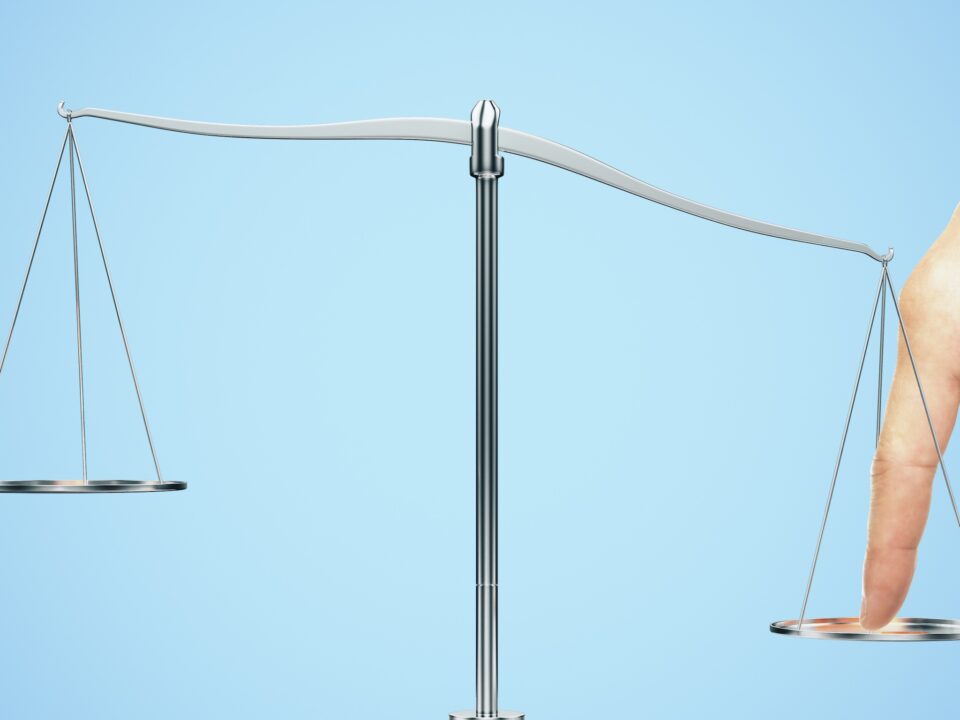Three misunderstandings about SEP litigation
The widespread use of hold-out as a business strategy is a growing problem. hold-out strategies are employed based on deliberate corporate calculations as to the potential costs, benefits, and risks involved. Hold-out threatens the open standards ecosystem, which is built on negotiated FRAND licences – not on litigation.
SEP owners prefer good faith licence discussions and a negotiated outcome over costly and lengthy litigation procedures. However, when confronted with an infringer unwilling to enter into a constructive licence discussion, recourse to patent enforcement via courts is necessary.
Litigation is a last resort solution; it is not an effective – and certainly not a cost-effective – way to address systemic hold-out behaviour.
There are fundamental differences between SEP litigation and SEP licensing. The latter is focused on a (global) portfolio approach covering all the SEPs (families) owned by a SEP owner, whereas the former is organised per country and typically only equipped to deal with a few (national) patents. Portfolio licensing of SEPs is an effective and efficient approach to ensure access to the standardised technology across (global) value chains, Patent litigation has a number of limitations that prevent SEP owners to recuperate all the losses that result from the use of hold-out strategies and it is often ill-equipped to creates a solution that provides freedom to operate for the implementers. To fully appreciate some of these limitations, we address three main misunderstandings around SEP litigation.
• 1st misunderstanding: Injunctions are automatic
Since 2015, the grant of injunctions for SEPs is subject to conditions set by the decision of the CJEU in the Huawei/ZTE case. Courts in the EU have used this Huawei/ZTE framework to evaluate the request for injunctions. Recent case law from different EU Member States such as Germany and The Netherlands, includes decisions that rejected the request for an injunction, or stayed a granted injunction in case of appeal proceedings, or made the enforcement of the granted injunction subject to very high guarantee deposits (such as a seven billion euro deposit in Nokia v Daimler) thereby effectively rendering the granted injunction unusable. Therefore, enforceable injunctions are often not readily available.
• 2nd misunderstanding: Damages are a sufficient FRAND compensation
SEP litigation is national. Typically national courts will only render a decision on a few patents. Damages granted by a court for one or two litigated patents are de minimis when be compared to license fees for a SEP portfolio often containing many hundreds of SEP families. It is impossible (and not desirable) to litigate all patents of a SEP portfolio in an attempt to obtain, via damages, a FRAND compensation. As recognised by the UK’s Supreme Court it is common practice in the telecommunications industry to agree global licences of a portfolio of patents, without knowing precisely how many of the licensed patents are valid or infringed since this is a sensible way of dealing with unavoidable uncertainty.
Furthermore, at present, damages seem to be capped at a FRAND level. This is surprising. Imagine the same would apply to public transportation; in such context it would mean that the financial risk (the penalty) for not taking a train or metro ticket would be capped at the price of the ticket. Would it not be reasonable to assume that such cap would trigger a steep decline in ticket sales? Passengers would likely wait for the conductor to pass by and pay the penalty (equal to the ticket price) only if they cannot avoid it.
• 3rd misunderstanding: Litigation costs are fully recuperated by the ‘winning’ party
The costs associated with the litigation process itself cannot be fully recuperated under the rules in different European countries for reimbursement by the losing party. The amounts that courts require to be paid by the losing party represent a fraction of the real cost. These real costs include much more than the direct costs of the lawyers representing the case in court – and even those direct costs are already not fully reimbursed by the losing party to the winning party. Not only are the litigation costs that the losing party may have to pay insufficient to fully compensate the winning party, they are also not a serious deterrent that can convince unwilling parties to try to avoid patent litigation as the litigation costs are less than the cost of a portfolio license.



